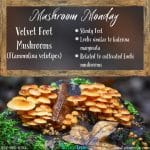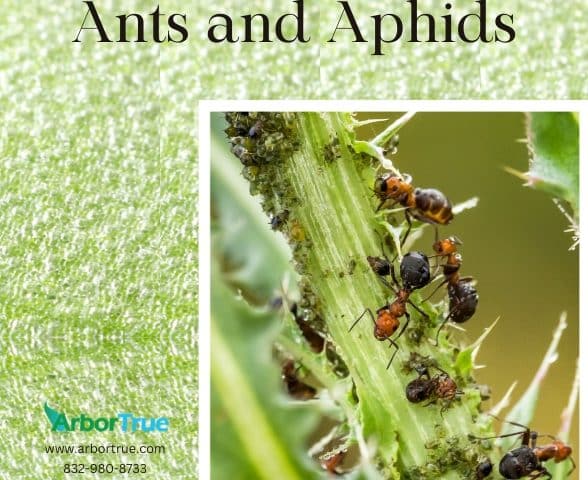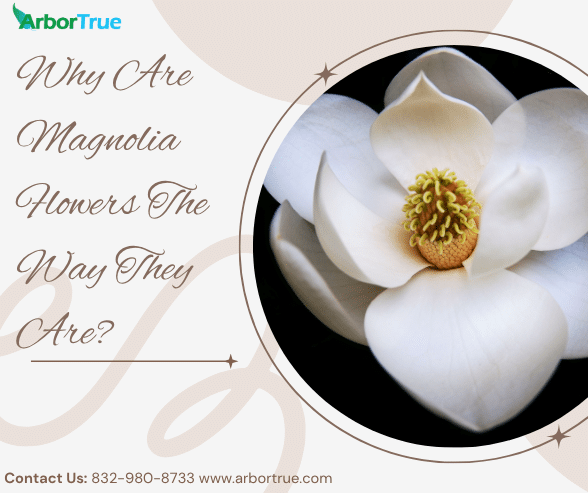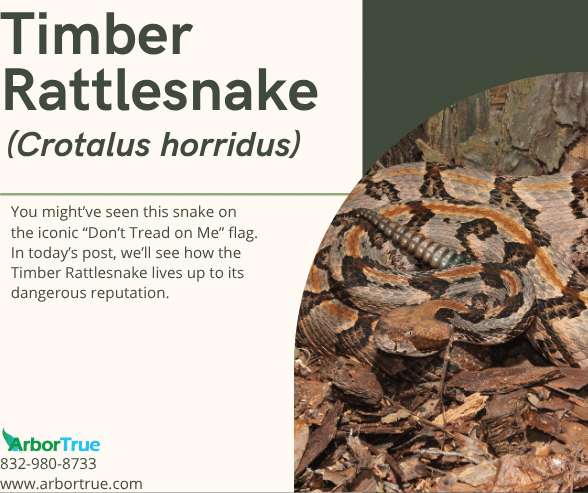
Mushroom Monday: Velvet Foot Mushrooms
January 1, 2024
Digging into Loam
January 5, 2024

Ants and Aphids
On our TreeTalkBlog we’ve mentioned mushrooms having symbiotic relationships with trees. This is a relationship where both the mushrooms and the trees benefit. An example mushroom that has this relationship are morels. Did you know though that there are other symbiotic relationships in nature? Today we wanted to highlight one: the symbiotic relationship between ants and aphids.
Aphids are small insects that consume plant sap. They eat the part of a plant called phloem. This is the part of the plant that is responsible for transporting sugars. When aphids consume plant sap, they secrete honeydew as waste. Aphids get protein and other substances from plant sap but consume more sugars than they need in the process. They secrete these sugars as honeydew. Honeydew contains a lot of sugar, and this is why ants are interested in aphids.
Honeydew is important to ants for a few reasons. First, it contains a lot of sugar. This is an energy source for ants. Second, it is a food source that can be available when other food sources might not be. Third, the aphids create the honeydew by eating things that ants can’t readily digest. This opens up a food source for ants. Fourth, getting honeydew from aphids can be easier for ants than gathering food from other sources.
Aphids consume sap from plants and secrete honeydew that ants consume. In return, the ants do a number of things for aphids.
First, ants that get honeydew from aphids protect the aphids from predators. An example predator are lady beetles.
Second, ants sometimes also protect aphids from weather. For example, ants can shelter aphids from the rain and can even use leaves to create structures to protect them.
Third, ants transport aphids to different parts of plants and from one plant to another to maximize the production of honeydew. They herd the aphids together and transport them from place to place. This helps the aphids by giving them transportation and taking them to better food sources.
If not for ants, aphids would still produce honeydew, but they would instead secrete it onto plants and other things as they moved along.
Because ants get something from aphids (honeydew) and aphids get something from ants (protection from predators, protection from weather, and transportation to food sources) they have a symbiotic relationship that is mutualistic – both benefit from the partnership.
If the relationship between ants and aphids sounds familiar, it is because it is similar to the human relationship between humans and livestock that might produce milk or wool or both. Humans protect their livestock and herd them to food sources (or provide food for them) and in exchange take milk or wool or both (depending on the animal). This is similar to the ant and aphid relationship.



